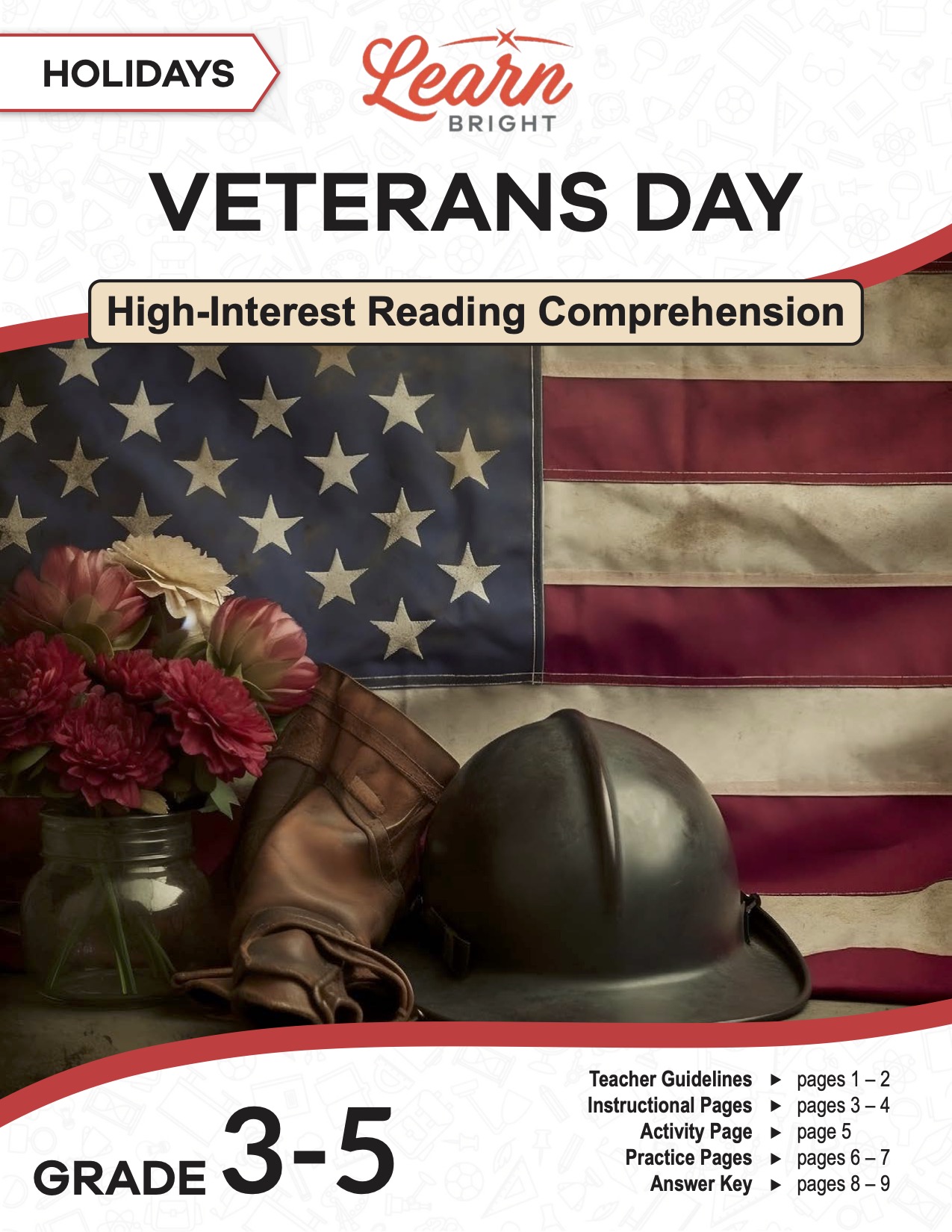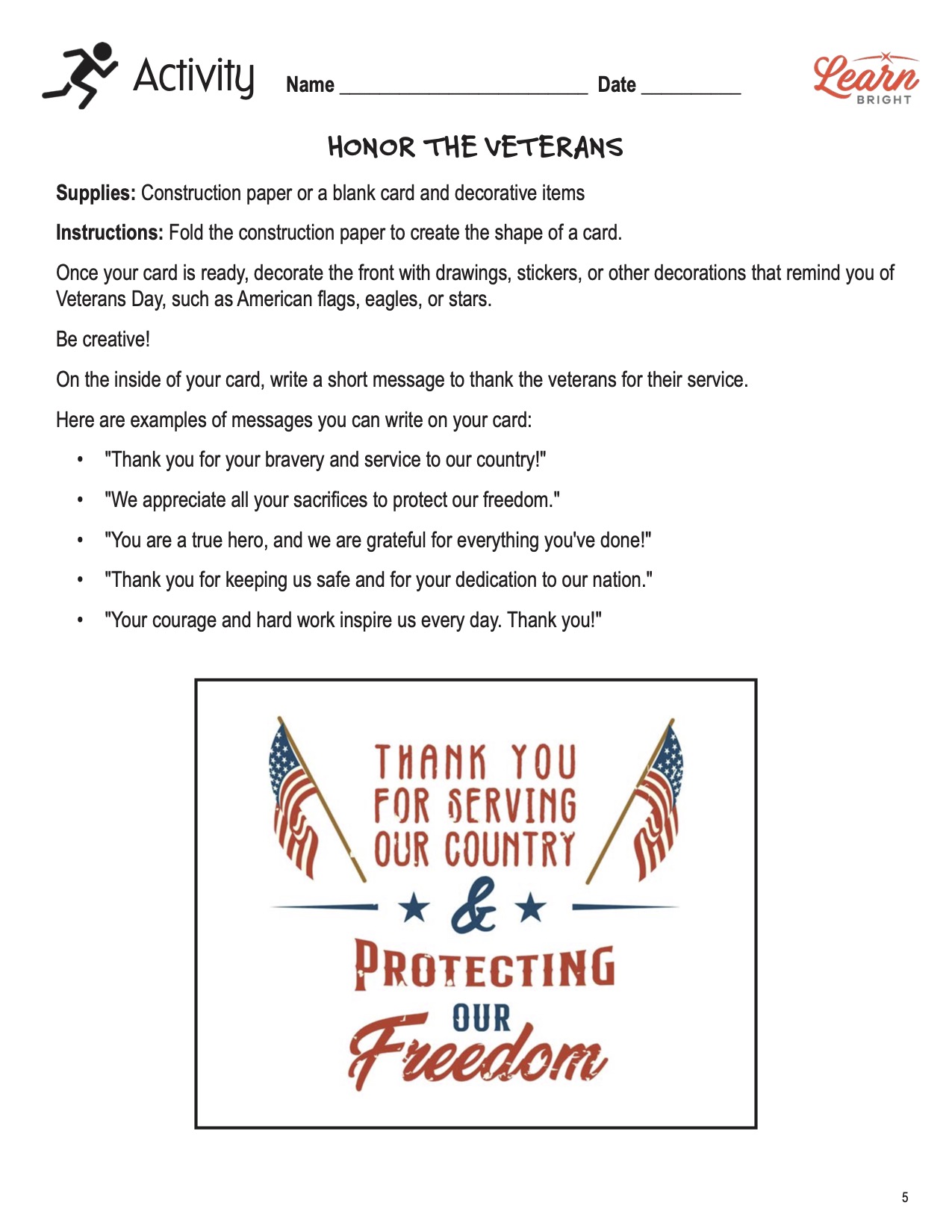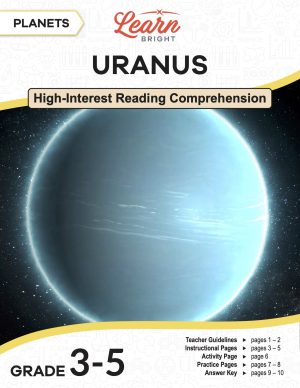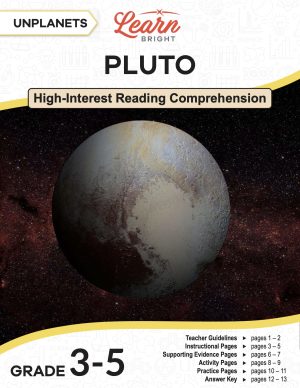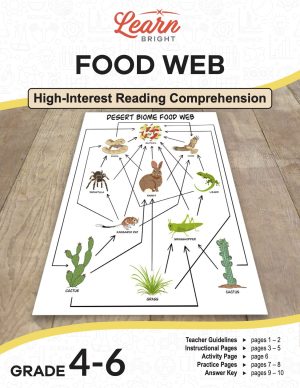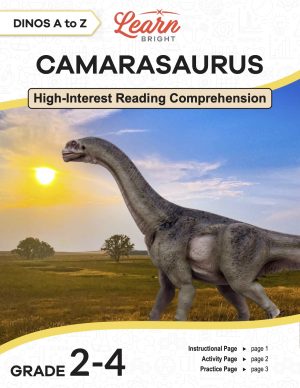Description
What our Holidays: Veterans Day lesson plan includes
Lesson Objectives and Overview: Holidays: Veterans Day is a high-interest reading comprehension lesson plan. As such, students will practice various close reading and comprehension skills. In addition, they will determine the central idea or theme, understand more about multiple celebrations, and learn why some celebrations are symbolic representations of important events. This lesson is for students in 3rd grade, 4th grade, and 5th grade.
Classroom Procedure
Every lesson plan provides you with a classroom procedure page that outlines a step-by-step guide to follow. You do not have to follow the guide exactly. The guide helps you organize the lesson and details when to hand out worksheets. It also lists information in the yellow box that you might find useful. You will find the lesson objectives, state standards, and number of class sessions the lesson should take to complete in this area. In addition, it describes the supplies you will need as well as what and how you need to prepare beforehand. For the activity, you’ll need red, white, and blue paper; markers; glue; scissors; and decorative items if you want.
Teacher Notes
The paragraph on this page gives you a little more information on the lesson overall and describes what you may want to focus your teaching on. It explains that you can teach this lesson in a whole-class setting or as an independent, small-group activity. The blank lines are available for you to write out any thoughts or ideas you have as you prepare.
HOLIDAYS: VETERANS DAY LESSON PLAN CONTENT PAGES
History of Veterans Day
The Holidays: Veterans Day lesson plan contains two content pages. Veterans Day is a memorable holiday that we celebrate every year on November 11 in the United States. On this day, we pay tribute to the courageous soldiers who served selflessly to safeguard our freedom. This day is important because it reminds us to appreciate the sacrifices made by those who have fought in wars and served in the armed forces. The holiday helps us remember the past and show respect and gratitude to all veterans who are still with us today.
The history of Veterans Day dates back to World War I, also known as “The Great War.” The fighting in World War I officially ended on November 11, 1918, when an armistice, or truce, was signed between the Allied nations and Germany. This day was originally known as Armistice Day and honored those who fought and died in World War I. In 1926, the United States Congress passed a resolution to make Armistice Day a national holiday, officially recognized in 1938.
However, after World War II and the Korean War, many people felt that the holiday should honor all veterans, not just those who served in World War I. In 1954, President Dwight D. Eisenhower signed a bill to change the name from Armistice Day to Veterans Day. This change allowed the holiday to celebrate and recognize veterans from all wars and conflicts, not just one. Since then, Veterans Day has been a time to thank all military veterans for their service and dedication to our country.
How Is It Different from Memorial Day?
This holiday is different from Memorial Day, which we celebrate in May. While Memorial Day honors those who have died in military service, Veterans Day honors all veterans, both living and deceased. This means that on this holiday, we can thank veterans we know personally—such as family members, friends, or neighbors—for their service. It is a time to recognize their contributions to our nation and to let them know how much we appreciate their sacrifices.
Many people celebrate the holiday by attending ceremonies or parades. Schools, communities, and organizations often hold special events to honor veterans. At these events, veterans can share some of their stories, and people can participate in a moment of silence to remember those who served. The American flag is often displayed prominently, and people will play patriotic music to show respect for the country and its defenders.
In schools, students might learn about the different branches of the military, including the Army, Navy, Air Force, Marines, and Coast Guard. They might also write letters or create cards to thank veterans for their service. These small gestures can mean a lot to veterans, showing that people care and appreciate what they have done for the country. Learning about the holiday helps students understand the importance of service and the value of freedom.
Veterans Day is also when many businesses and organizations offer veterans special discounts or free meals. These gestures are a way of saying “thank you” to those who have served. Veterans can visit restaurants, stores, and other places to receive these tokens of appreciation. It’s a simple way for the community to give back to those who have given so much.
Supporting Veterans
For many veterans, this day is an emotional time. It reminds them of their experiences in the military, both the good and the challenging. We must support veterans, especially on this special holiday, by listening to their stories and acknowledging their feelings. By doing so, we can help them feel valued and respected.
Veterans Day is not just about the past but also the future. Honoring veterans shows future generations the importance of service, bravery, and sacrifice. We teach young people to respect those who protect our freedoms and to appreciate the peace and security we enjoy because of their efforts.
This meaningful holiday allows us to honor and thank the men and women who have served in the military. It is a day to reflect on their sacrifices and show our gratitude for their dedication to our country. Whether through ceremonies, personal thanks, or simple acts of kindness, Veterans Day is an opportunity for all of us to express our appreciation for those who have served and continue to serve our nation.
HOLIDAYS: VETERANS DAY LESSON PLAN WORKSHEETS
The Holidays: Veterans Day lesson plan includes two worksheets: an activity worksheet and a practice worksheet. Each one will help students solidify their grasp of the material they learned throughout the lesson. You can refer to the classroom procedure guidelines to know when to hand out each worksheet.
HONOR PAST VETERANS ACTIVITY WORKSHEET
For the activity, students will write a messages thanking a fallen soldier. The worksheet provides a few examples of the types of messages students might want to use for their cards.
REVIEW PRACTICE WORKSHEET
The practice worksheet lists 10 questions based on the content. These questions all relate to the content pages, so students will need to refer to them often for the answers. In addition, each question provides which reading tool the question corresponds to, such as text feature, vocabulary, or comprehension.
Worksheet Answer Keys
At the end of the lesson plan document is an answer key for the practice worksheet. The correct answers are all in red to make it easier for you to compare them with students’ responses. If you choose to administer the lesson pages to your students via PDF, you will need to save a new file that omits these pages. Otherwise, you can simply print out the applicable pages and keep these as reference for yourself when grading assignments.

